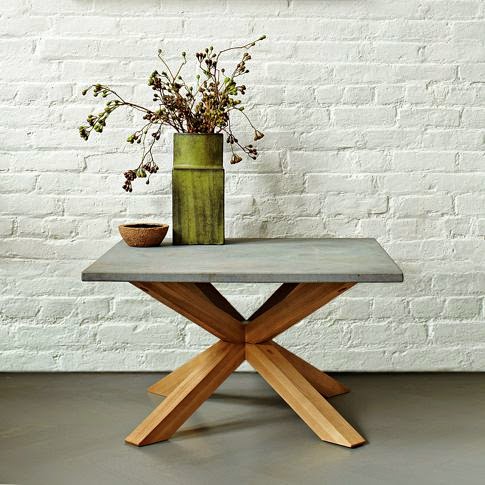Some things, like a built-in espresso machine, are going to depend entirely on your budget and your priorities. Things like appliances, cabinetry, and flooring are necessities in a kitchen, so you will need to know how they rank in your project.
Where should you save, and where should you splurge, in your kitchen remodel?
1. Appliances
There are hundreds of refrigerators,
ranges and dishwashers, among many other kitchen appliances, available on
today's market. How can you narrow down the options?
Save: Trendy Colors, Styles
Are you designing your kitchen
around a vintage style? There are some very nice appliances available in
numerous colors from past decades, and they are becoming popular in today's
design industry. However, you should be careful when you are choosing
appliances in trendy colors. If you choose colors that are sure to go back out
of style, look for ways you can save money on them.
Splurge: Energy-Efficient Appliances
Most appliances available today are
energy-efficient and are not outrageously expensive. If you are going to
splurge on appliances, they need to be energy-efficient to ensure you will save
money on future energy bills. Plus, they use less energy, so they help in
preserving valuable resources. Look for the Energy Star logo on your new
kitchen appliances.
 |
| Splurge on energy-efficient appliances in your kitchen remodel |
2. Cabinetry
Cabinets are a large part of a
kitchen remodel budget. When buying cabinets, should you save money or should
you splurge?
Save: Standard Cabinets for Rental
Property
You should try to save as much money
as possible on cabinets for a rental property, while making sure they aren't
going to fall apart with the first tenants. Solid wood or laminate doors are
going to be your best bet; I have seen all too many broken door panels that
renters had put holes through. Standard hardware - hinges and pulls - is best for
a rental property in case you need to replace them, which is very likely in a
home you are renting out.
Splurge: Custom Cabinets for
Long-Term Home
If you are planning to live in this
home for a long time, you might want to consider splurging on custom cabinetry.
If you have to live here, you should like the place. A cabinet designer will
help you determine which color, style, etc. best suits your needs, as well as
any extra amenities that might prove to be worth the splurge.
 |
| Splurge on custom cabinets for your home's kitchen remodel |
3. Flooring
Flooring material can be cheap, but
should you splurge on something you really like?
Save: Patterned Vinyl Flooring
Do you like to change up the look in
your home every 10 years or so? Vinyl flooring is cheap, and can be very
durable. However, it is easy and inexpensive to replace when you get sick of
it. If you want patterned flooring right now, vinyl might be a good option for
you.
Splurge: Rapidly Renewable Materials
Are you worried about harming the
environment with plastic laminate or wood flooring? Splurge on something that
is rapidly renewable, such as bamboo or cork. Another thing to consider is
locale; how far will that material have to travel to be installed in your home?
If it comes from overseas, you might be better off looking locally for wood
flooring that does not have such a big impact on your environmental footprint.
 |
| Splurge on sustainable flooring for your kitchen remodel |
If you are planning a kitchen remodel, consider the areas where you should save and where you can afford to splurge a little. Keep the above tips in mind, but ultimately, the allocation of your money is up to you.
Note: This article was previously published at Yahoo! Voices and the rights reverted back to the author when the site closed.
Visit my main blog for more home improvement ideas.
Visit my main blog for more home improvement ideas.
*Photos courtesy of Flickr:
Sitka Projects / https://www.flickr.com/photos/sitkaprojects/
Susan Serra, CKD / https://www.flickr.com/photos/kitchendesigner/
designbuildinhabit / https://www.flickr.com/photos/designbuildinhabit/








